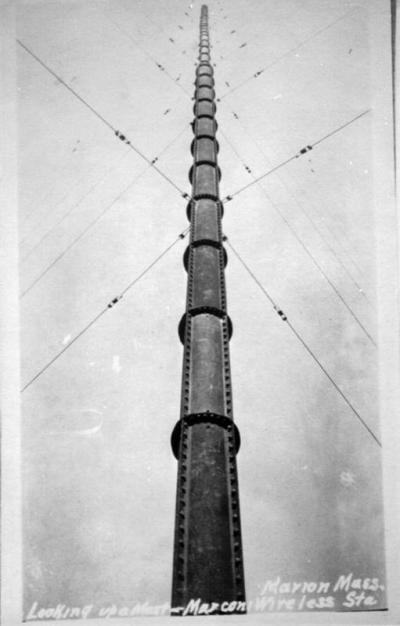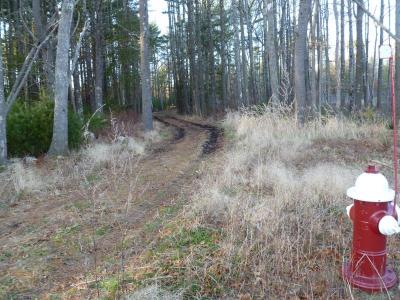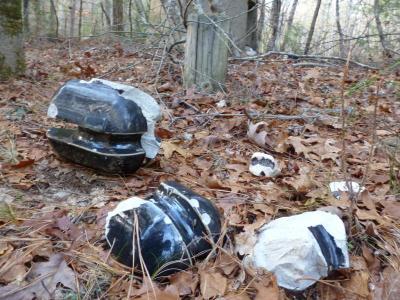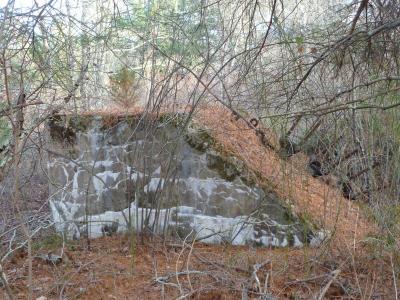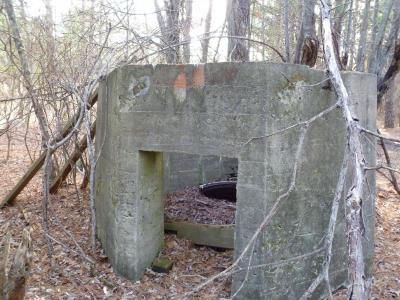Marconi Station history exhibited in and outdoors
Tucked away within 140 acres of wetlands and trees beyond the town’s wastewater facility are remnants of history: The Marconi Wireless Telegraph station.
After completion in 1914, more than a dozen 400-foot-towers handled trans-Atlantic radio traffic to as far as Norway. It was the most powerful of its time, even dubbed a “wonder of the twentieth century.”
It was dismantled in 1960, and all that is left are bits and pieces along the Sippican Lands Trusts’ “Radio Tower” trails, which start at the end of Benson Brook Road.
To commemorate the historical gem of Marion’s past, the Sippican Historical Society has opened an exhibit with numerous photographs and tidbits of information on the station.
“There’s a lot of importance in those towers,” says Pete Smith, curator of the Society. “Everyone noticed them coming through town. The nautical world even used them as bearings.”
As World War II developed, the Army, Navy and Air Force extensively used the station. Two 50-ton alternators with 300 kilowatts output (that’s 5,000 times more wattage than an average bulb) supposedly racked up monthly utility bills of up to $4,000.
But after some brief inactivity after the war and some weather broadcasts in the 50s, the station was closed in 1956. Four years later, it was torn down.
“Seeing it go was sort of a mixed bag for people,” Smith says. “On one hand, the towers interfered with TV signal and sometimes, even electricity. So some were glad to see it go. But on the other hand, it brought in a lot of money and helped the economy boom.”
Another downside of the project involved the underground wire grid creating sparks and often causing forest fires. Smith says the Marion Fire Department even lost a fire engine in one incident.
The station’s tower building, used for administrative offices, still stands at Atlantis Drive, behind the Marconi Village affordable housing units.
To help restore the station’s history, the Sippican Lands Trust is working on a centennial celebration,creating markers along the trails detailing some of the remnants— which included tower foundations, support cables and some of that underground grid.
“Newcomers today can’t grasp how big or how important this was to the town,” Smith says. “It’s a forgotten gem.”




